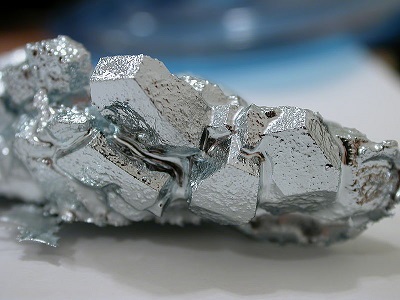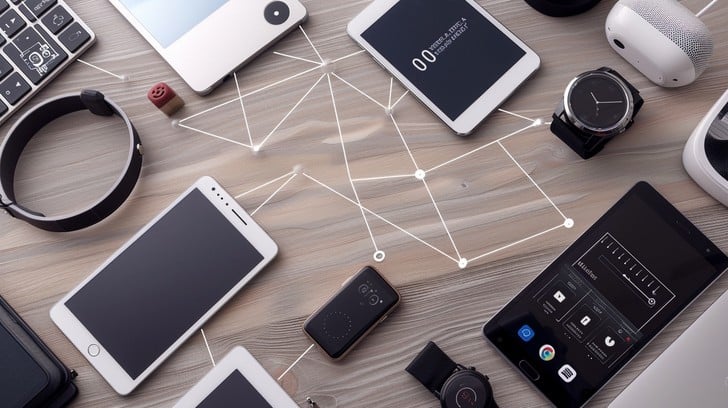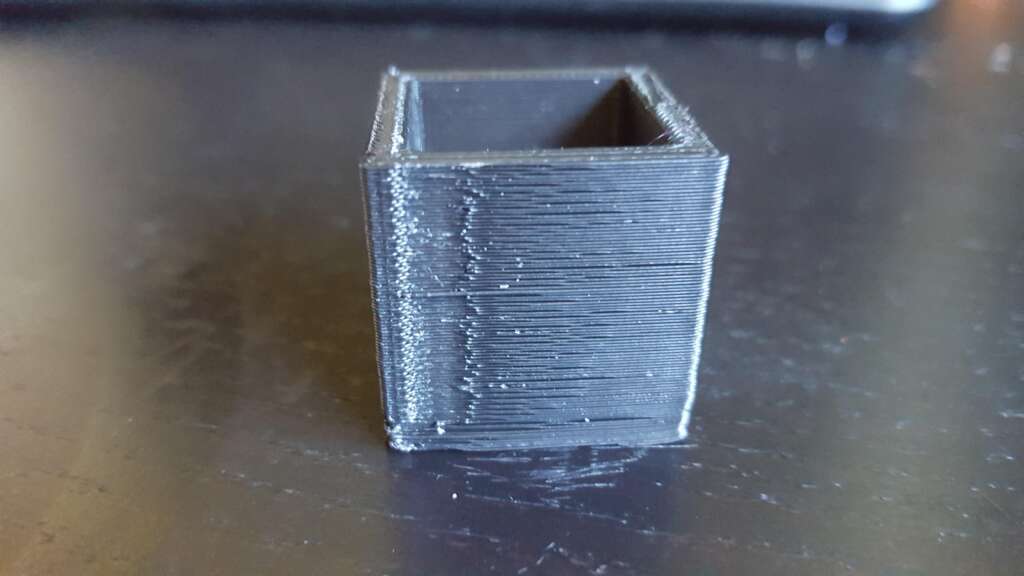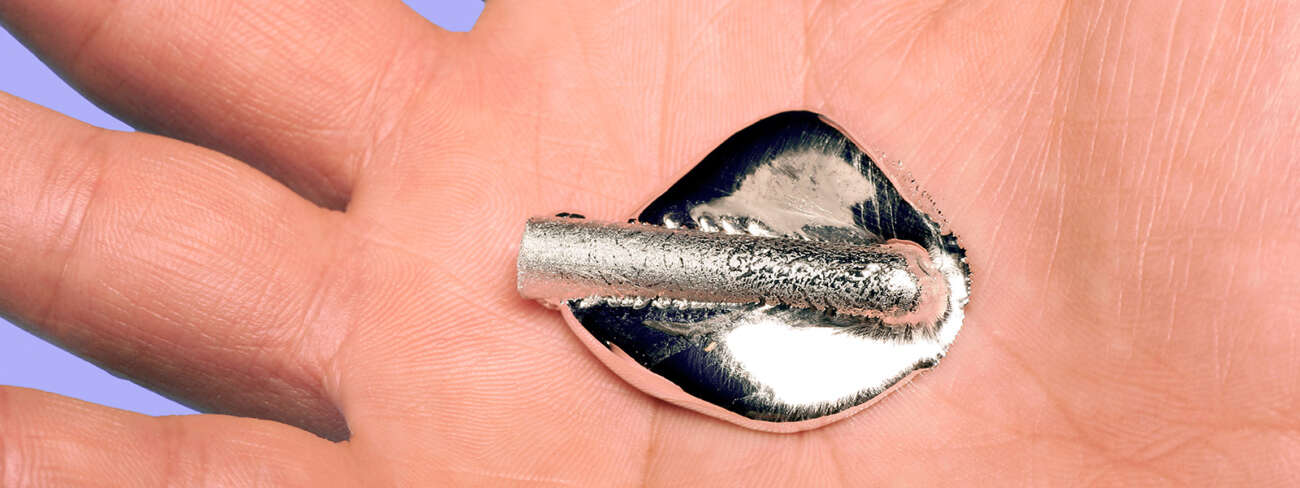
A Clumsy Night Saved by Gallium-Polymer Tech
The bar’s buzzing, lights low and lively. A cold beer glides from the bartender’s hand across the mahogany, landing perfectly in yours. You glance around, and there she is—the girl of your dreams. Instead of mustering some courage to chat her up, you opt for the shady move: snapping a sneaky photo.

You spot your moment, whip out your phone for a quick shot, but you’re no sharpshooter. Sweat, beer-damp fingers, and—somehow—excess moisturizer betray you. The phone slips, soaring straight toward her, smacking her forehead with a sickening crack. But here’s the silver lining: with a gallium-polymer phone, that crack wouldn’t be your device’s last gasp.
How Gallium-Polymer Self-Healing Works

Gallium’s low melting point (~15.5°C for eutectic gallium-indium, or EGaIn) allows it to flow like a liquid, reconnecting broken pathways when embedded in flexible polymers like silicone or polybutadiene-based urethane (PBU). A 2024 study demonstrated an EGaIn-PBU composite that autonomously restored electrical conductivity after being cut, withstanding strains up to 135% without performance loss, ideal for flexible smartphone circuits.
Transforming Phones, Laptops, and Wearables

Self-healing gallium-polymer composites are revolutionizing consumer electronics by enhancing durability and functionality. In smartphones, EGaIn-PDMS interconnects enable foldable designs that endure repeated bending without circuit failure. A 2025 prototype of a foldable phone used these interconnects to maintain data transfer after 1,000 bend cycles, reducing repair costs from drops or folds.

For laptops, gallium-polymer circuits protect flexible components in ultraportable, foldable designs, like a 2024 Lenovo concept with self-healing motherboard traces that survived physical stress tests. In wearables, a 2024 prototype wristband regained heart rate monitoring after tearing, perfect for athletes or rugged use.
These composites also enable 5G antennas in phones and smartwatches, maintaining connectivity under strain, as shown in a 2024 study of a GaInSn-elastomer circuit for on-skin electronics. Additionally, gallium-polymer thermal interfaces in gaming laptops dissipate heat from high-performance chips, reducing throttling during intensive tasks like video editing. These advancements mean devices that withstand daily wear—drops, bends, or stretches—while supporting cutting-edge features like 5G and flexible displays.
Challenges and the Path Forward

Challenges persist—liquid gallium can corrode metals like aluminum, requiring robust polymer encapsulation, and production costs are high. However, advances in 3D printing are making scalable manufacturing feasible, with mass adoption expected by 2028. Gallium-polymer tech could soon ensure phones, laptops, and wearables survive clumsy moments, redefining durability in our everyday devices.







Leave a Comment